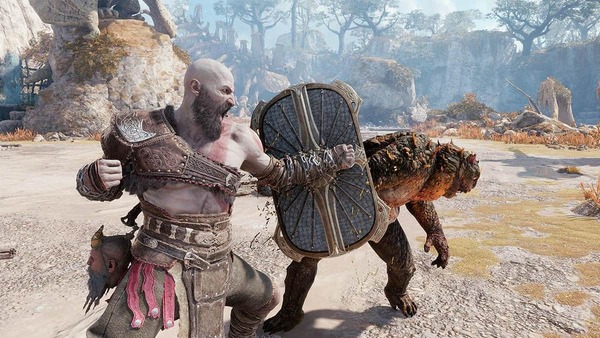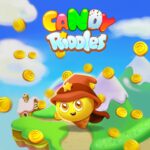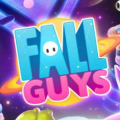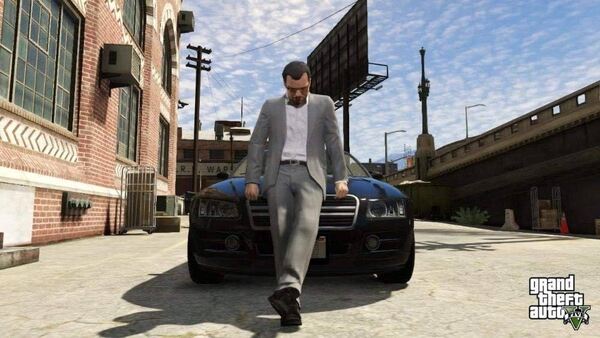Popular Now
When Fortnite launched in 2017, it was a pure Battle Royale experience that quickly became a global phenomenon. But everything changed on December 6, 2018, when Creative Mode was introduced. This wasn't just an update—it was a seismic shift in how players interacted with the game. In this article, we'll explore how Creative Mode reshaped Fortnite , transforming it from a battle royale shooter into a platform for limitless creation , competitive innovation, and cultural influence.
We'll break down the journey across 10 major transformations , each explained with historical and gameplay context. Let's dive in.
1. Creative Mode Launch: A New Frontier
When Fortnite Creative launched in Season 7, it provided players with a personal island and a set of tools to build, sculpt, and shape without the limitations of a traditional match.
This opens doors to new gameplay possibilities:
-
Custom maps
-
Mini-games
-
Competitive arenas
-
Story-driven experiences
It was Epic's answer to Minecraft and Roblox , but with a Fortnite twist—fast, fun, and visually striking.

Tools of Power
Creative gave access to:
-
Prefabs : pre-built structures
-
Devices : timers, traps, scoreboards
-
Galleries : visual assets
The combination made players feel like game developers overnight.
2. The Rise of Community-Created Maps
Soon after launch, talented map creators began designing:
-
Parkour courses
-
Escape rooms
-
Deathruns
-
1v1 arenas
This content began to flood YouTube and Twitch, leading to massive community engagement beyond the Battle Royale experience.
Example: The Zone Wars format—a fan-made competitive game—became so popular that Epic eventually officially adopted it into LTM (Limited Time Mode) playlists.
3. Influencer Ecosystem and Monetization
Creative Mode led to the rise of a new influencer class : creators who weren't just good at the game, but could build brilliant experiences.
Notable map-makers:
-
dumbblond
-
Enigma
-
Mustard Plays
These creators gathered millions of views and eventually received Support-a-Creator codes, allowing them to earn from the maps they built.
This shifts Fortnite's content creator economy:
-
From “skill-based” to “creativity-based”
-
From Battle Royale to sandbox virality

4. Competitive Training Grounds
For pro players, Creative Mode became an essential tool for practice.
Competitive Uses
-
1v1 arenas helped sharpen editing and building skills
-
Aim trainers and reaction timers improve muscle memory
-
Box fighting maps simulated end-game scenarios
Mongraal, Bugha, and Clix all trained using Creative maps to stay sharp between tournaments.
5. A Platform Beyond Battle Royale
With the rise of maps like:
-
The Pit (Free-for-all fighting)
-
Color Switch (party game mode)
-
Prop Hunt (hide and seek)
…Fortnite became more than a Battle Royale. For many players, Creative was the entire game .
Kids, especially, logged in only to play party games with friends—never dropping into BR at all.
This shift diversified Fortnite's audience and increased daily playtime significantly.
6. Brand Collaborations in Creative
Brands quickly saw the potential in Fortnite Creative:
-
Travis Scott's Astronomical event was built using custom assets
-
Star Wars and Nike hosted in-game experiences
-
Ferrari , Ariana Grande , and Stranger Things launch themed maps
These collaborations add depth to Creative Mode as a virtual event platform . It wasn't just game creation anymore—it was experiential marketing .
7. Creative 2.0: The Unreal Engine Revolution
In March 2023, Fortnite Creative 2.0 (UEFN) was released—built on Unreal Editor for Fortnite . This new version allows:
-
Full scripting
-
Custom animations
-
Dynamic lighting
-
Import of custom 3D models
This was a true game development platform , not just a sandbox.
Epic essentially says: “Here's a game engine inside a game. Build what you want.”
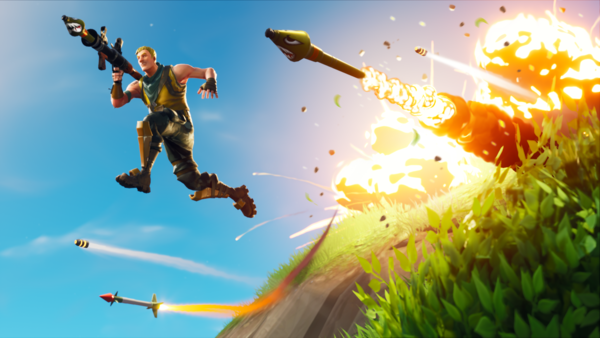
8. New Genres and Player-Made Games
Thanks to Creative 2.0, we now have full games built in Fortnite:
-
Reclamation : a sci-fi multiplayer shooter
-
The Space Inside : a narrative horror game
-
Only Up Fortnite : a parkour challenge inspired by the viral indie game
These showcase how Zelda-style , story-driven , and even roguelike experiences can be made inside Fortnite.
Epic even launched a $1 million Creator Grant to support these developers.
9. Cultural and Social Impact
Creative Mode empowers more diverse voices in game design:
-
Women-led teams designing narrative games
-
Marginalized communities express identity through map themes
-
Young kids entering game dev before high school
It blurs the line between playing and creating , making Fortnite one of the most accessible game engines in history.
10. Challenges and the Future of Fortnite Creative
Creative isn't perfect. Some challenges remain:
-
Discovery : good maps often get buried
-
Monetization : only top 1% of creators earn meaningfully
-
Complexity : Creative 2.0 is harder to learn
But Epic continues to invest:
-
Launch of a new Discover UI
-
Seasonal Creator Cups
-
Push for cross-platform access
As Fortnite evolves into a metaverse-style ecosystem , Creative Mode is its engine of growth .
Conclusion
Creative Mode forever changed Fortnite . What began as a Battle Royale shooter is now a multi-genre platform , where anyone can become a game developer, storyteller, or entrepreneur. The shift to Creative isn't just a feature—it's the future of Fortnite.
Epic Games players turned into creators, and in doing so, redefined what Fortnite is and what it can become .
